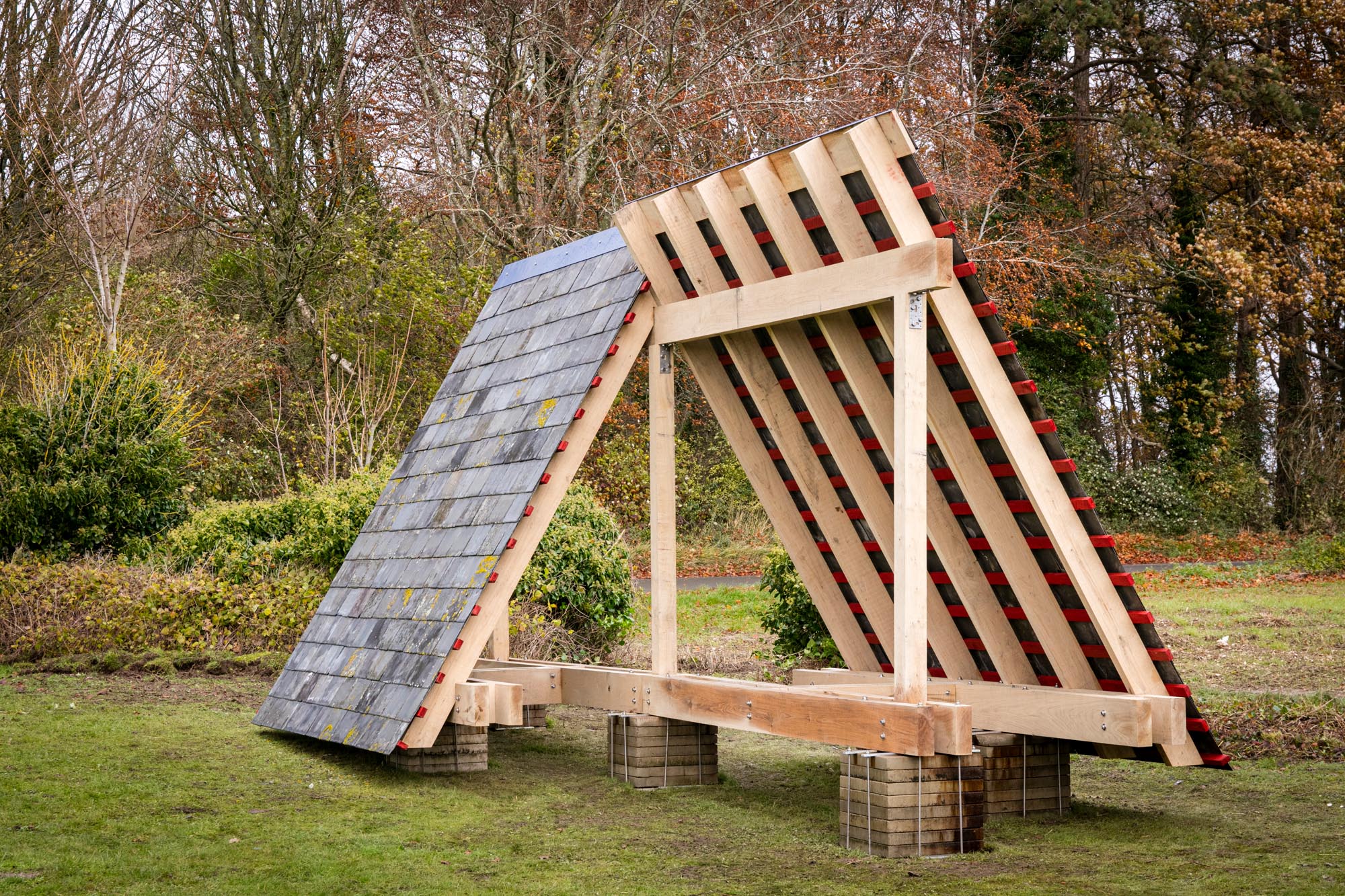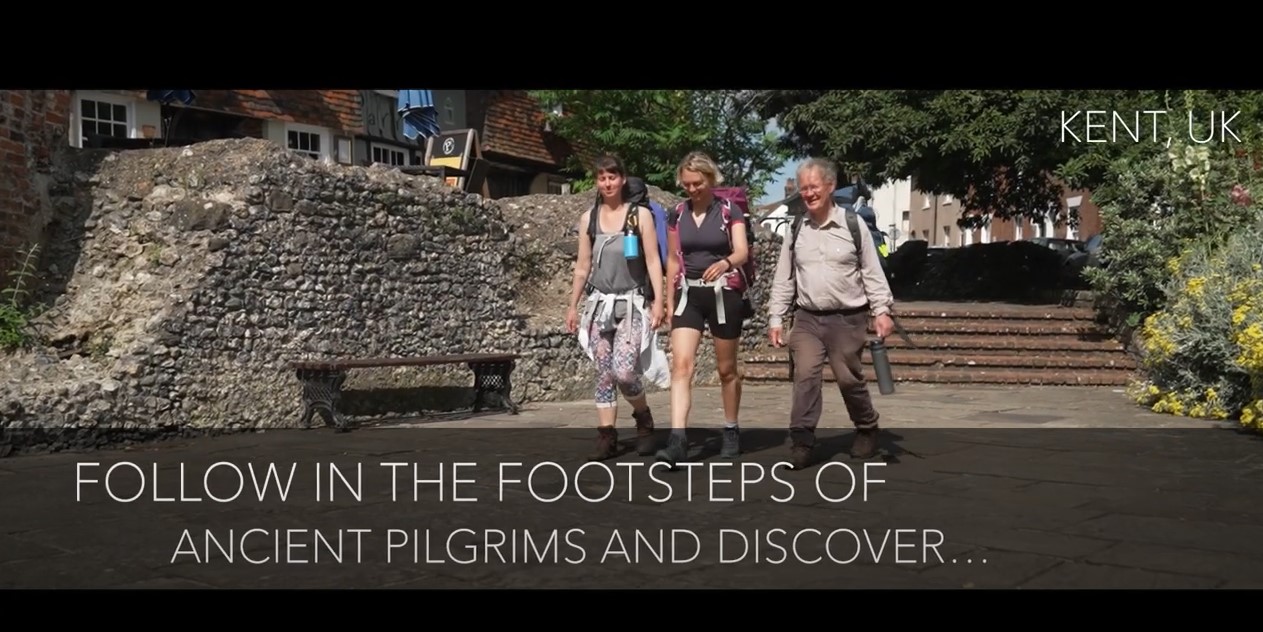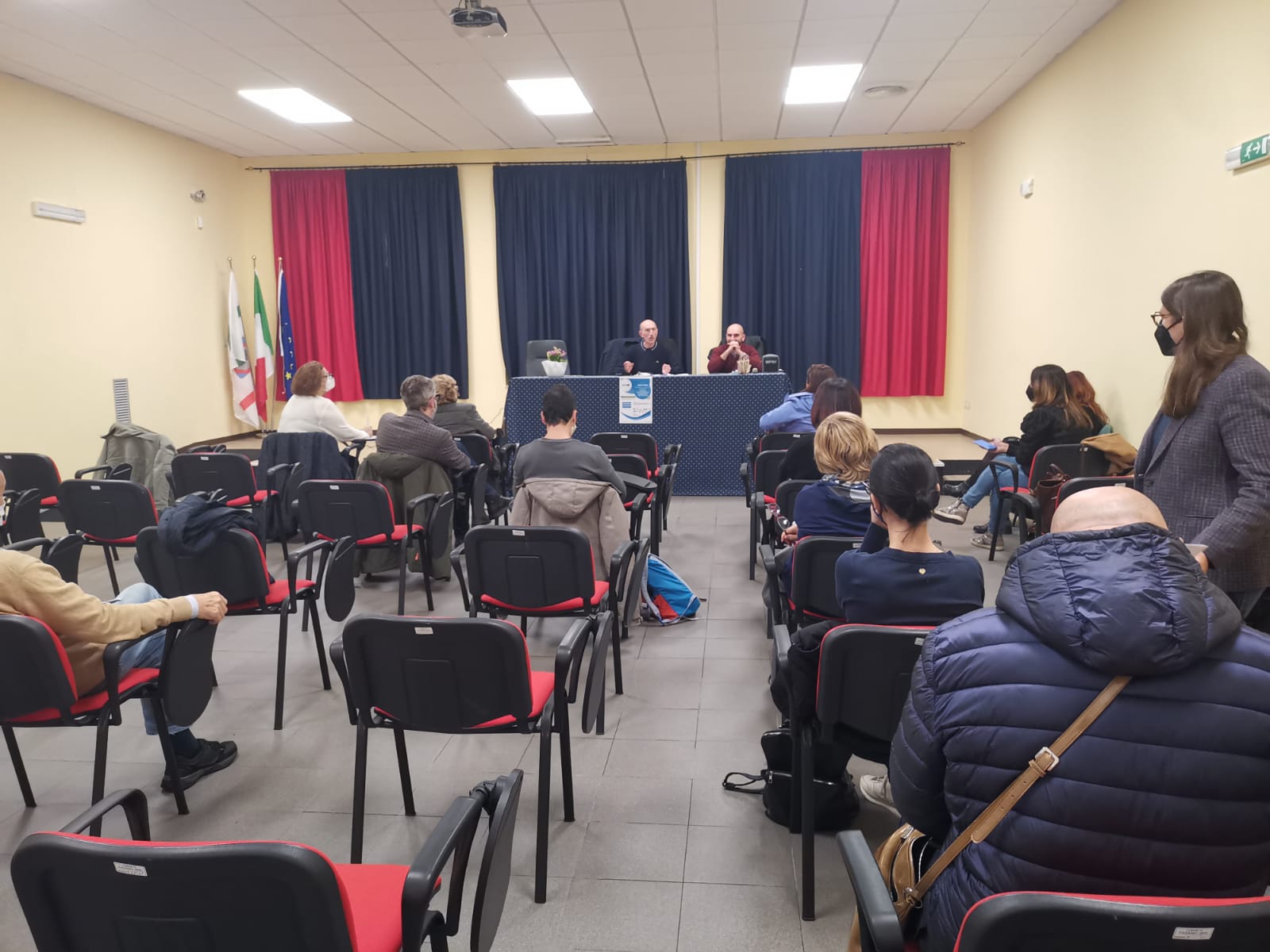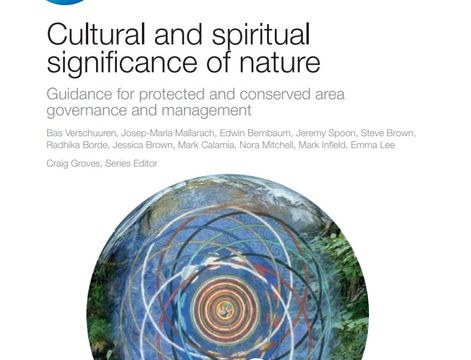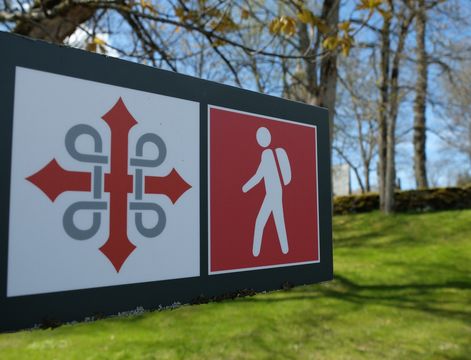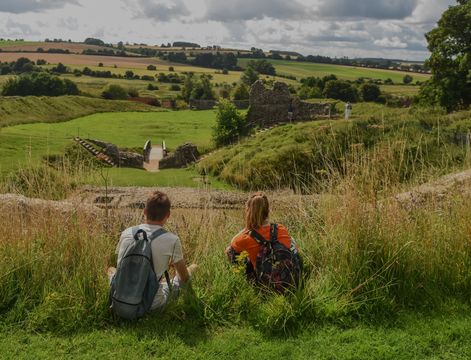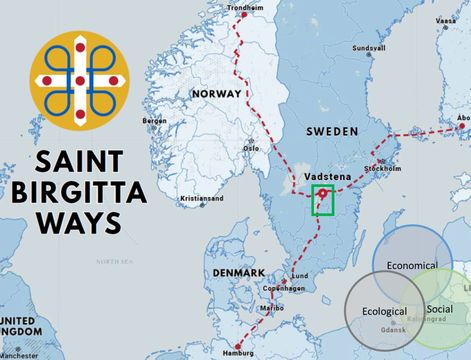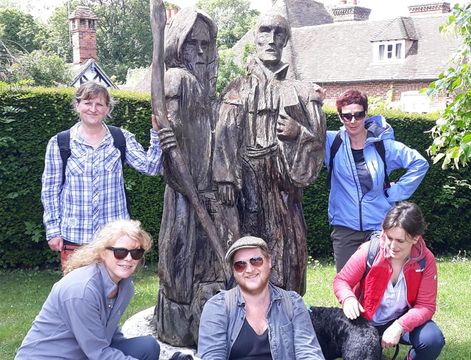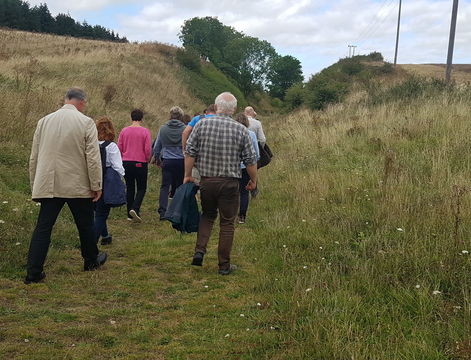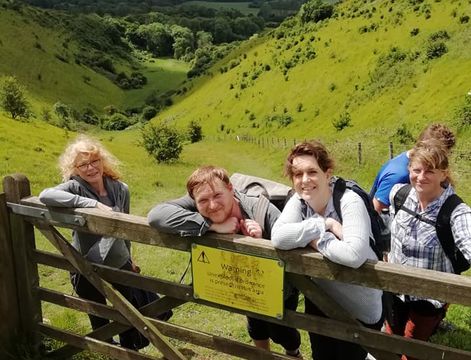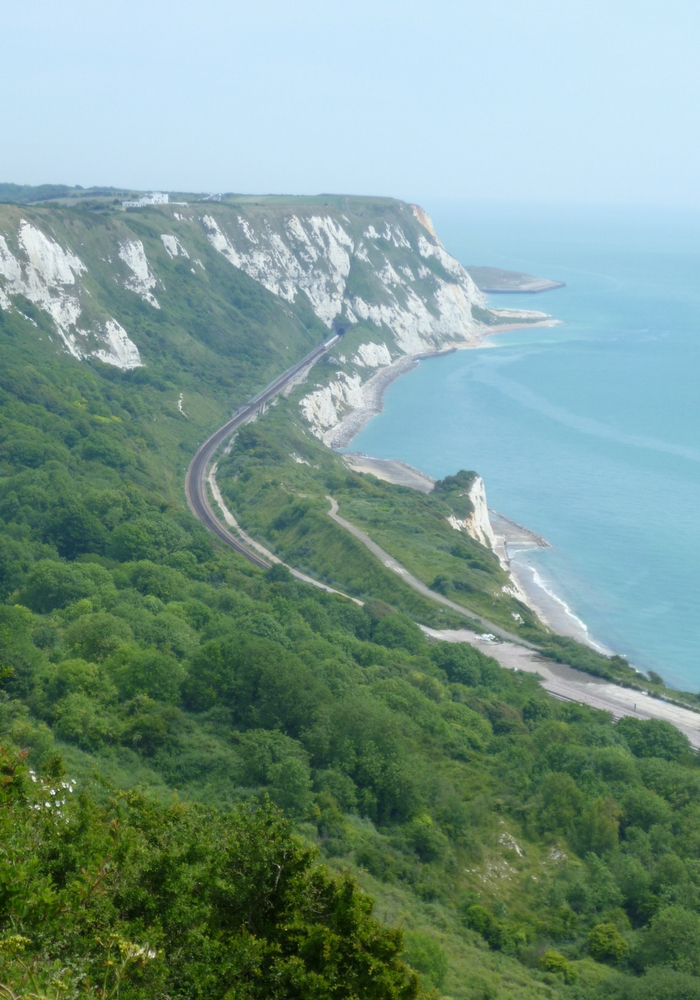MY PILGRIMAGE THROUGH EUROPE - FROM OSLO TO ROME 2017
After having walked as a pilgrim along the Saint Olav Way from Oslo north to Nidaros (Trondheim) in 2005, I was asked what next – Santiago de Compostella? My answer was that to me, Rome is a more important goal.
Since 1968, I have been there many times as a pilgrim. Maybe I should walk there once? Between 12 May and 1 October 2015 I did so, around 2,900 kilometres.
Plans for a pilgrimage relay from Trondheim to Rome in 2015, Pilgrims Crossing Borders, made me aware of the Via Romea Germanica from Stade (near Hamburg) to Rome. Based on the description of Abbot Albert’s return from Rome to Stade in 1237, the road was marked again between 2009-2013, by Italian anthropologist Giovanni Caselli and others.
I chose to follow the Via Romea Germanica some weeks ahead of the relay. I have been told I became the first to walk the entire stretch from Stade to Rome in modern time.
On 12 May 2015, I left our home at Grefsen in northern Oslo, walked to the harbour and took the overnight ferry to Frederikshavn in Northern Jylland in Denmark. The next morning I started walking.
Between Frederikshavn and Padborg on the Danish-German border, I followed the Hærvejen, the ancient road from north to south on Jylland, with very good maps from www.haervej.dk. Through Schleswig-Holstein from Padborg to Wedel on the Elbe, I followed the Ochsenweg, www.ochsenweg.de.
From Stade to Rome, I used maps from www.viaromeagermanica.com and several guide books. Between Stade and Innsbruck, I used Jochen Heinke’s Der mittelalterliche Pilgerweg Via Romea I og II (Jochen Heinke im Selbstverlag), and also Giovanni Caselli’s and Thomas Dahms’ Via Romea Stade-Mittenwald (Ostfalia Verlag, Osterwieck). Between Innsbruck and Ferrara, I used Ferdinand Tremls Der Pilgerweg nach Rom. Auf der Brenner-route über Padua und Assisi (Tyrolia Verlag, Innsbruck), which partly also describes the Via Romea Germanica.
I spent two weeks in Denmark, more than two months in Germany, five days in Austria and close to two months in Italy. Each day I published a report in Norwegian on my open Facebook profile. In 2016 these reports were published in my book Pilegrim i Europa – min vandring dag for dag fra Grefsen til Roma i 2015 (Pilgrim through Europe – my walk day by day from Grefsen to Rome in 2015), (Kolofon, Oslo 2016).
All the way I met friendly people. Many said «Gottes Segen!», «Gesundheit!», «Respekt!», «Complimenti!», «Greetings to the Pope!» when they heard my story.
By moving slowly from north to south, I wanted to remind myself and others of the old bonds that bind us Europeans together – whether we come from south or north, are EU members or not, are Catholics or Protestants, have other beliefs or no belief.
The large majority of pilgrims in our time do not walk. They come by car, train, boat or plane. And they are by no means less real pilgrims. Still, recent decades have seen a growing interest in walking slowly again – along old roads to holy places.
Walking on my own, I carried what I needed of clothes, food and water. I chose to sleep in cheap hotels and pensions and to carry just the food and water I needed for the day. With 3-4 sets of clothes, rainwear and light shoes for the evenings, my sack weighed 11-12 kilos with full water bottles. On my feet I had light hiking boots with soft soles. This made it possible to walk long stretches on asphalt. In average, I covered 25 kilometres each day. Making around 4 kilometres an hour, this would often take eight hours - pauses included. After starting out too ambitiously in Jylland, I had to cure a sinew inflammation in the leg with three weeks on bike.
Organised pilgrimages often have a daily rhythm with prayers and meditations. I used a Roman Catholic prayer book in the morning and in the evening. During the day, I would normally visit one or more churches. I would spend time, light a candle; say a Pater Noster and an Ave Maria.
Physically as well as mentally a pilgrim should have a day of rest each week. I chose to rest on Sundays and go to church.
Some say the road is the goal for a wanderer. In one way, I may agree; along the road are the views, the meetings and the experiences. Still, my goal, Rome with her churches, saints’ graves and all the other, was what kept me walking. I found rest in the thought that I was walking south in the footsteps of many Northerners during the last millennium – through landscapes and places they saw, along roads Christian church and cultural impulses had followed on their way north.


